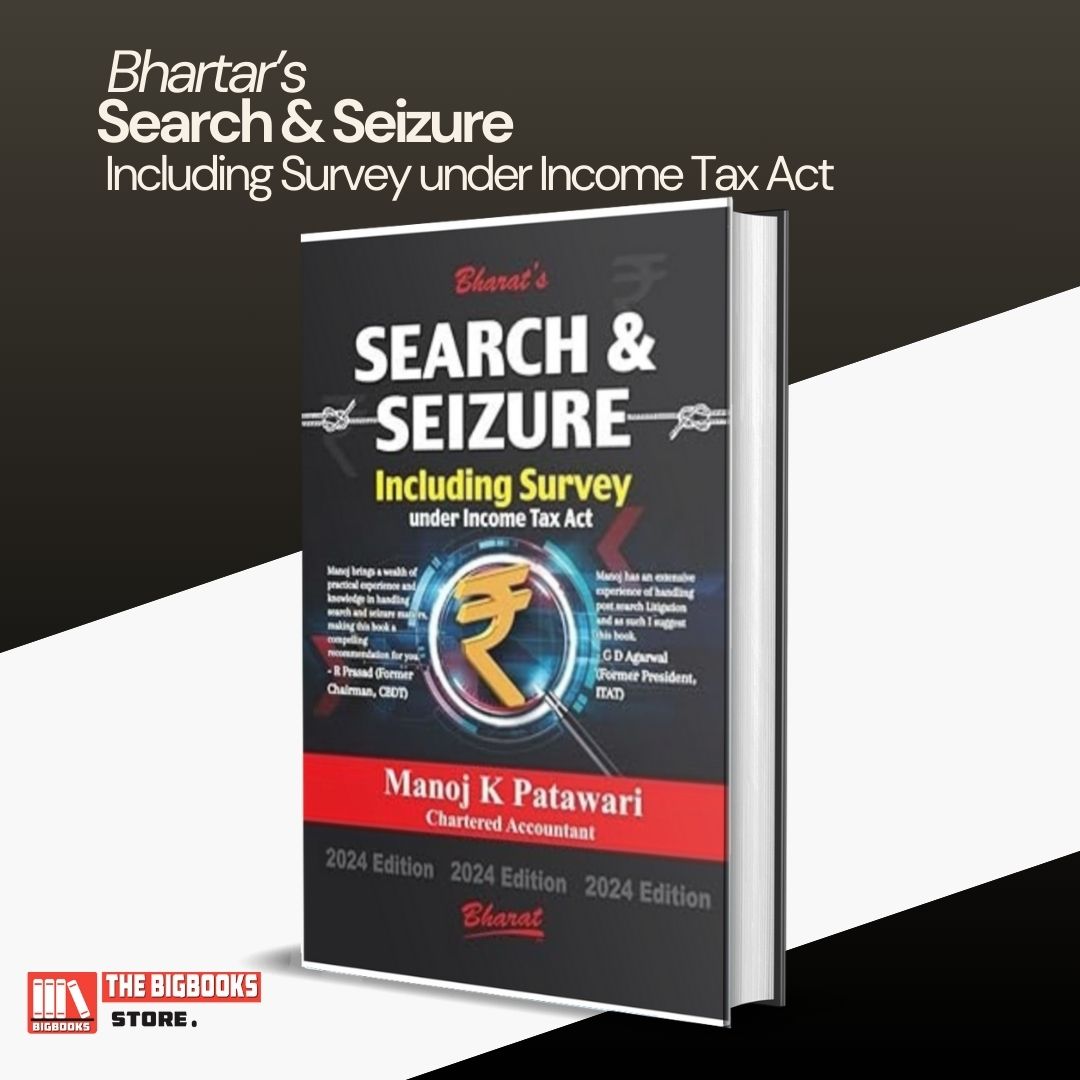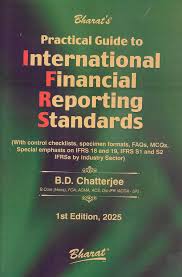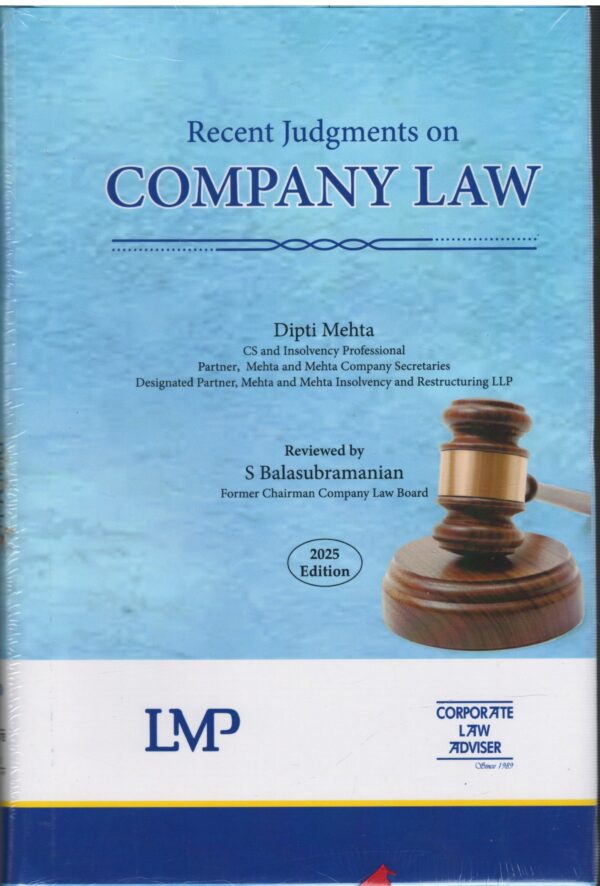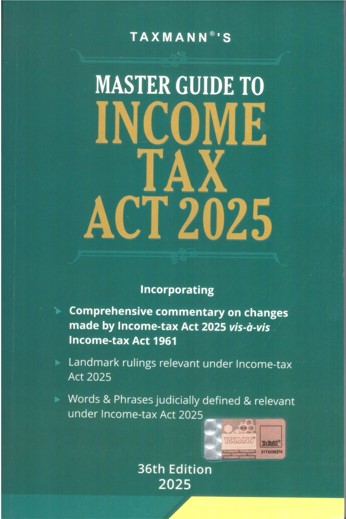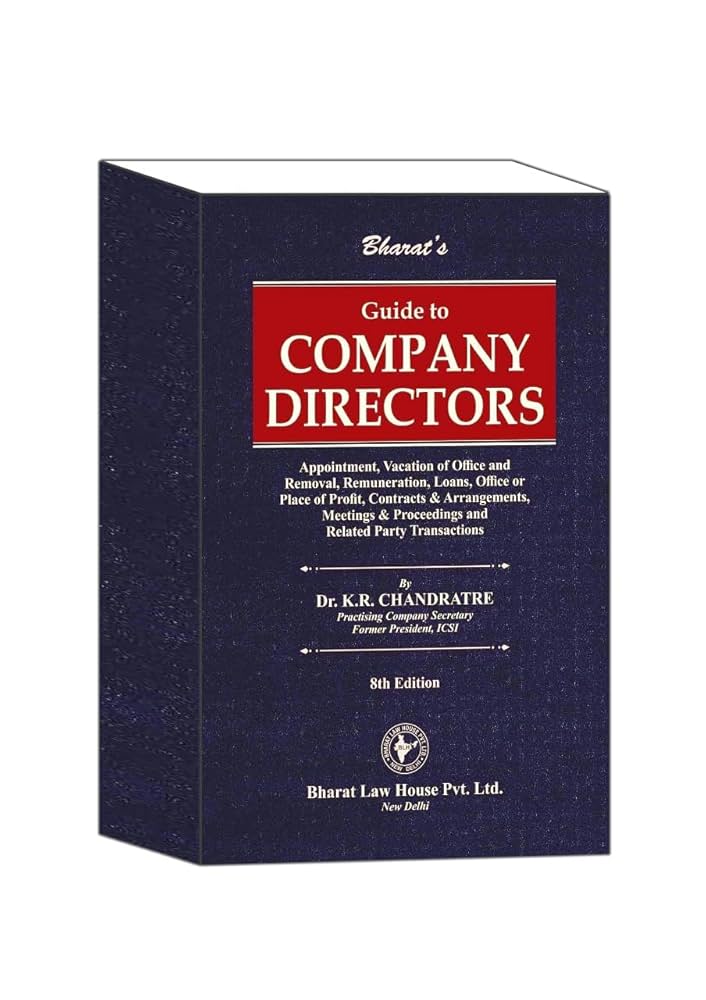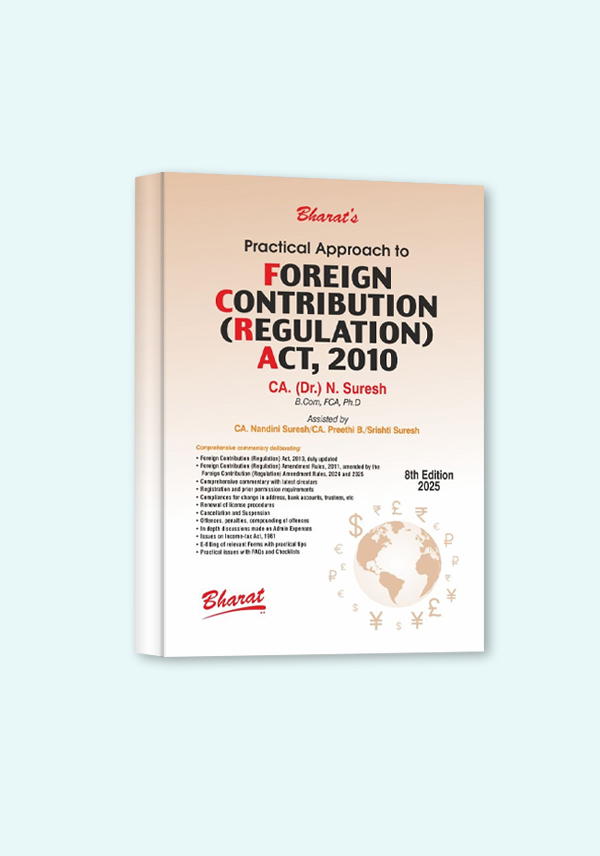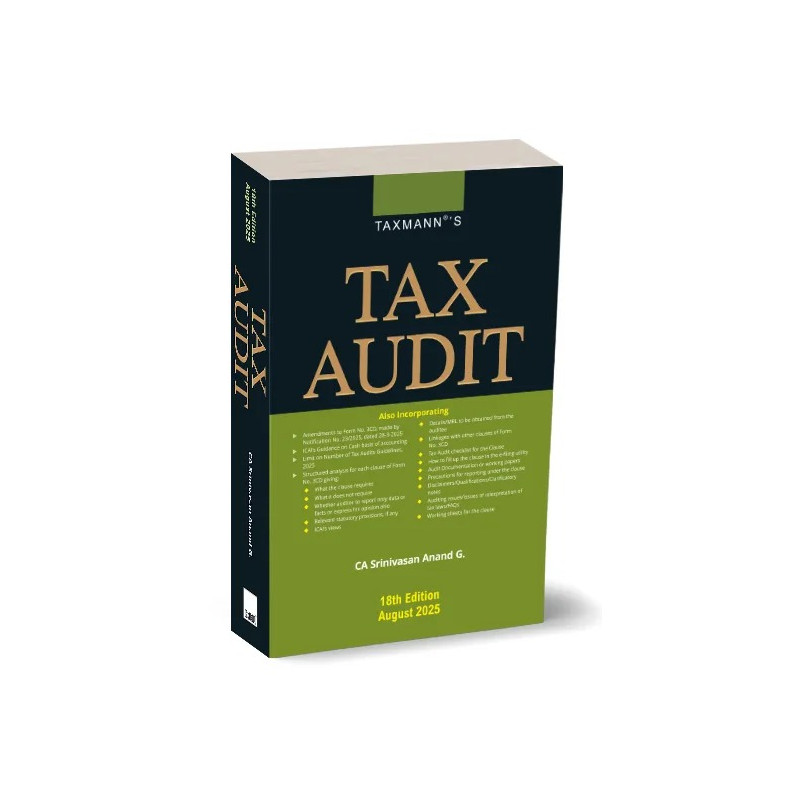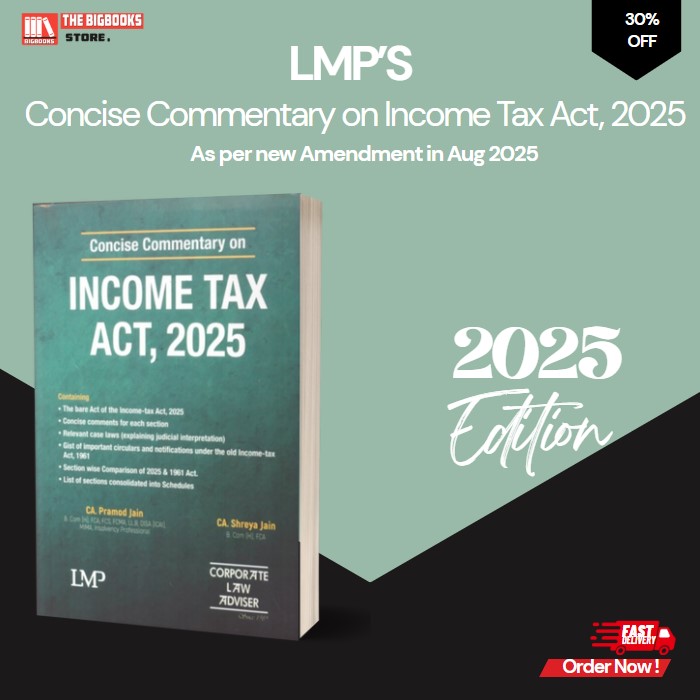Bharat's Search, Seizure & Survey Under Income Tax Act With New Procedure For Assessment Of Search Cases, 2024.
| Author : | MANOJ K PATAWARI |
|---|
“Search, Seizure & Survey Under Income Tax Act – 2024” provides a detailed analysis of search and seizure provisions, including the new procedure for the assessment of search cases. Essential for tax professionals, legal experts, and businesses, it offers practical insights, legal interpretations, and recent amendments in tax law enforcement.
Share this product
Key Aspects of Search, Seizure, and Survey under the Income Tax Act:
-
Search and Seizure (Section 132):
- Search: Authorized officers can search premises, vehicles, and records if they have reasonable belief that assets or documents related to tax evasion will be found.
- Seizure: Any unaccounted assets or documents can be seized. This includes cash, jewelry, or records showing undisclosed income.
- Procedure: The officer must record the reasons for conducting the search and must issue a detailed order. The process also includes the issuance of a panchnama (inventory of seized items).
-
Survey (Section 133A):
- Objective: A survey is conducted to check for unaccounted income or discrepancies in the taxpayer's records. This usually occurs during working hours at the taxpayer's business premises.
- Procedure: It involves the verification of records, books, and statements, but does not authorize seizure of assets (unless there's a direct link to tax evasion).
New Procedure for Assessment of Search Cases (2024):
The Income Tax (Amendment) Act, 2024 introduced changes to streamline and expedite the process of assessing cases arising from searches and seizures:
-
Revised Assessment Procedure:
- Time Limit: The time limit for completing the assessment after a search has been redefined. The assessing officer is required to complete the assessment within a stipulated time (usually within 6 months of the search).
- Digital Records: Digital evidence obtained during the search is now treated with more weight, and taxpayers are given the opportunity to explain discrepancies before a final assessment.
-
Increased Powers of the Authorities:
- Enhanced Documentation: The authorities now have greater discretion in documenting findings, including digital and physical evidence. A comprehensive record must be maintained, ensuring transparency and clarity.
- Direct Link to Income: The new amendments emphasize a direct link between the seized material and unreported income, making it easier to conclude assessments based on clear evidence.
-
Post-Search Actions:
- Settlement Process: A mechanism for settlement or voluntary disclosure of undisclosed income has been introduced. Taxpayers can approach the Income Tax Settlement Commission (ITSC) for the resolution of issues arising from search assessments.
-
Penalties and Prosecution:
- The penalties for non-compliance or concealment of income have been revised, with more severe actions for deliberate attempts to evade taxes post-search.
- Prosecution procedures are simplified, and quicker legal action can be initiated if necessary.
-
Use of Technology:
- The procedure emphasizes the use of technology to cross-check and verify documents and records obtained during searches. This includes the use of forensic tools and software for evidence analysis.

